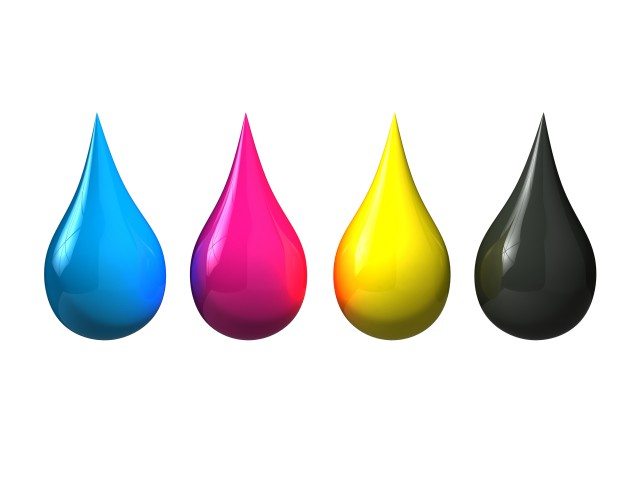Domino has produced a white paper for food companies to clarify the regulations and guidelines that govern use of inks for food packaging as well as coding and marking, either printed directly onto food or packaging, using continuous ink jet techniques.
While the inks used for coding and marking in food production – which comprises Use By or Sell By dates or batch numbers – constitutes a fraction of all printed inks used in the food packaging process, the rules surrounding its use are complex in their application in different countries.
The whitepaper entitled in the food supply chain entitled ‘Inks for food packaging’, outlines the European Union (EU) and non EU regulations (EU and non-EU) and related issues, such as migration of inks from packaging into food and migration in the offset printing process.
It also explores the effectiveness of different substrates in providing adequate barrier protection against the risk of migration.
“Packaging specifiers, food producers and converters need to ensure that the combination of packaging and inks or varnishes used in the printing process do not enter foodstuffs,” says Andrew Gunton, product manager – fluids.
“Similarly, with inks used for coding and marking, there is a risk of chemicals being transferred to food, especially when the inks are printed onto packaging where there may be a risk of migration.”
“By being fully conversant with the relevant regulations outlined in our white paper parties in the food supply chain can take appropriate action to mitigate these risks.”










